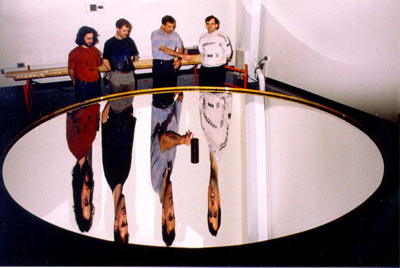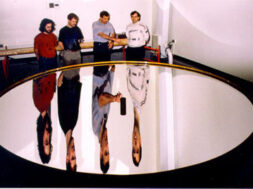
NEW DELHI, June 3: India has set up a liquid-mirror telescope atop a mountain at an altitude of 2450 metres in the Nainital district of Uttarakhand to keep a watch on the skies for transient objects like debris and asteroids falling from space. This is India’s first and the largest liquid-mirror telescope in Asia.
Built by astronomers from India, Belgium and Canada, the International Liquid-Mirror Telescope (ILMT) will also help in observing supernovae and several galaxies just by staring at the strip of sky that passes overhead.
The novel instrument has been placed at the Devasthal Observatory campus of Aryabhatta Research Institute of Observational Sciences (ARIES). It has a 4-metre-diameter rotating mirror made up of a thin film of liquid mercury to collect and focus light. Another thin transparent film of mylar protects the mercury from the wind.
Brajesh Kumar, ILMT Project Scientist, said the telescope is expected to begin regular science operations later this year. The data will help identify variable and transient stellar sources passing through our skies. Big Data and Artificial Intelligence/Machine Learning algorithms will be implemented for classifying the objects observed by the ILMT.
“I am hopeful that this project will attract and motivate several young minds from scientific and engineering backgrounds to take up challenging problems,” said Prof Dipankar Banerjee, Director, ARIES. He said the Observatory now hosts two 4-metre class telescopes – the ILMT and the Devasthal Optical Telescope (DOT). The 3.6 metre DOT, with the availability of sophisticated back-end instruments, will allow rapid follow-up observations of the newly-detected transient sources with the adjacent ILMT.
(Manas Dasgupta)














